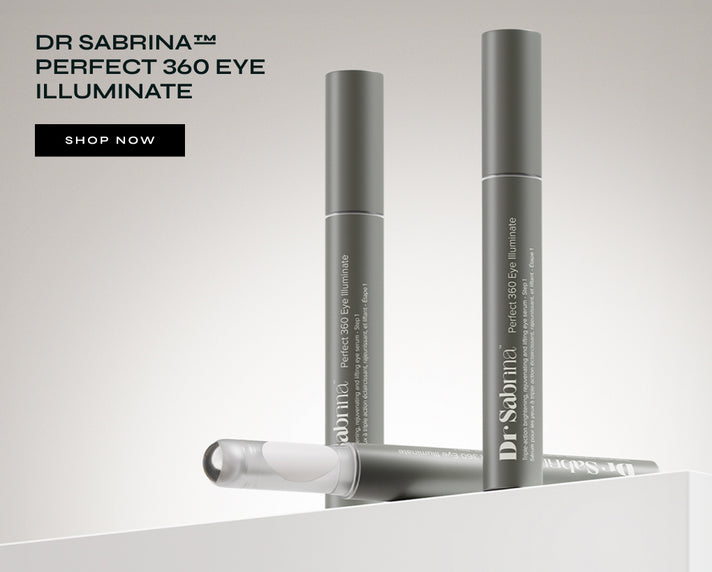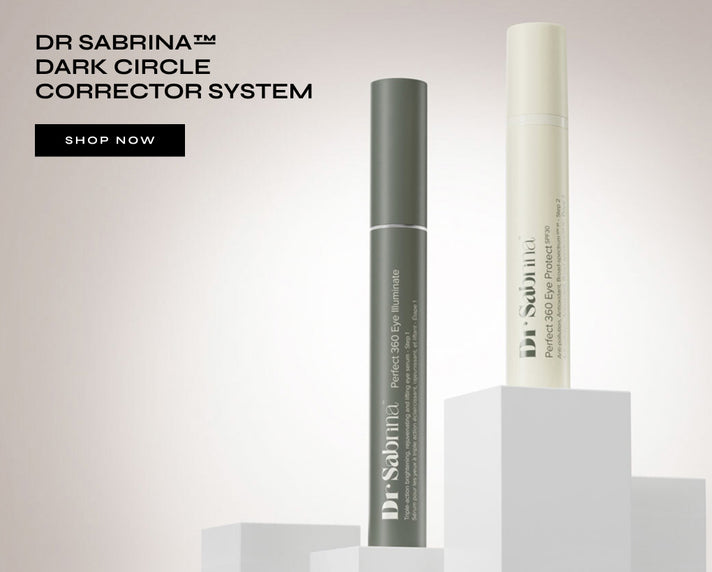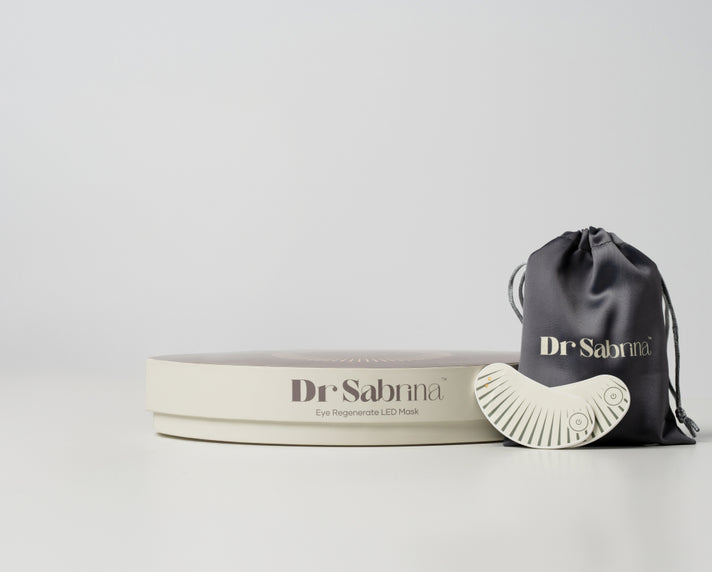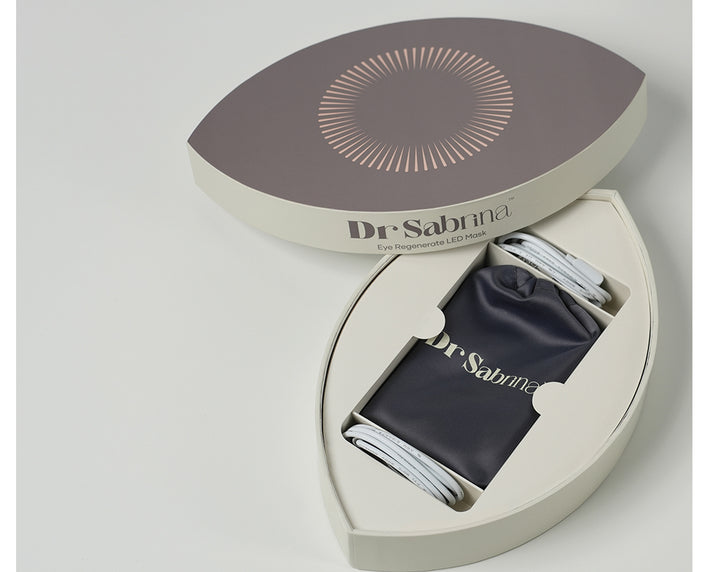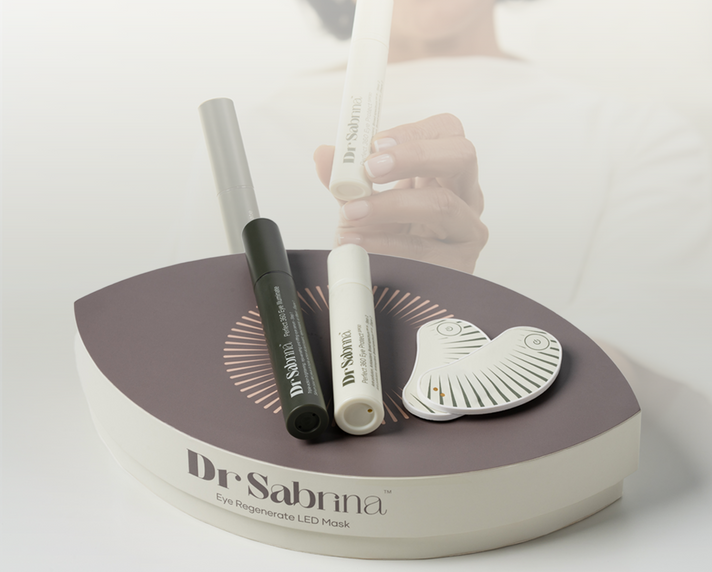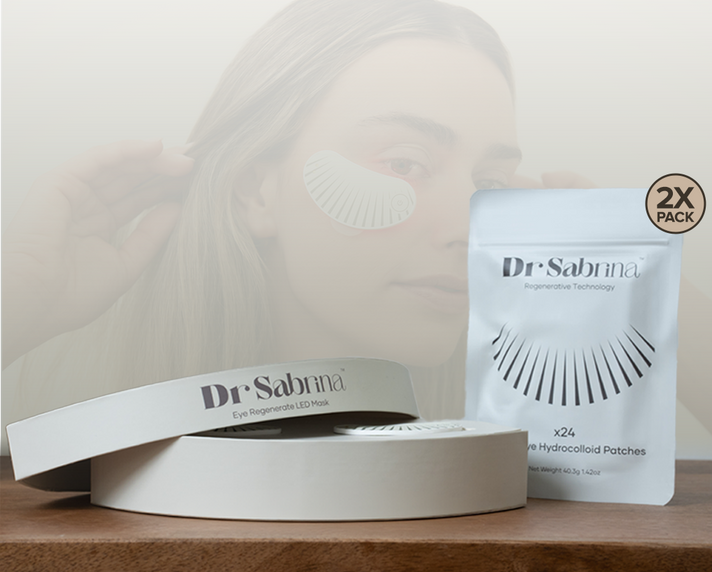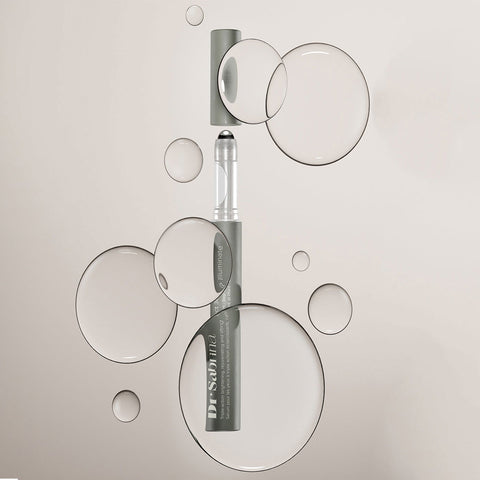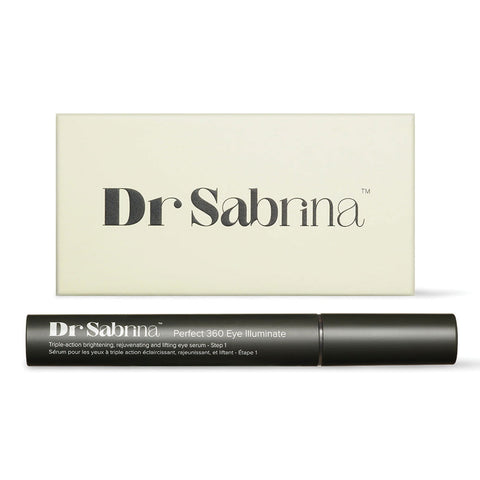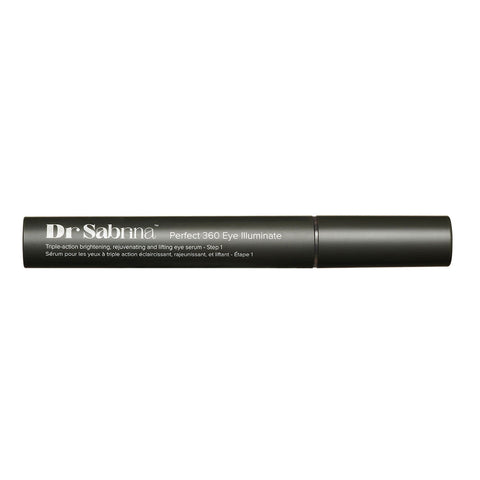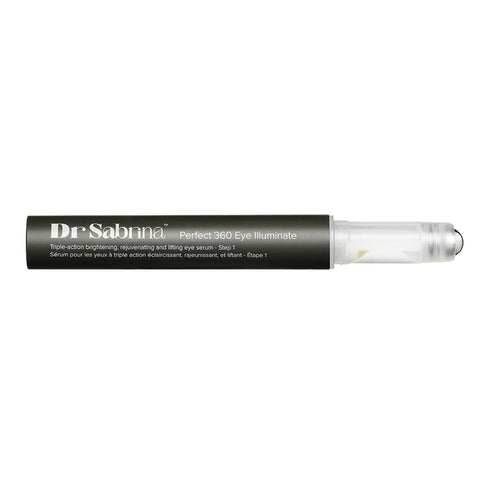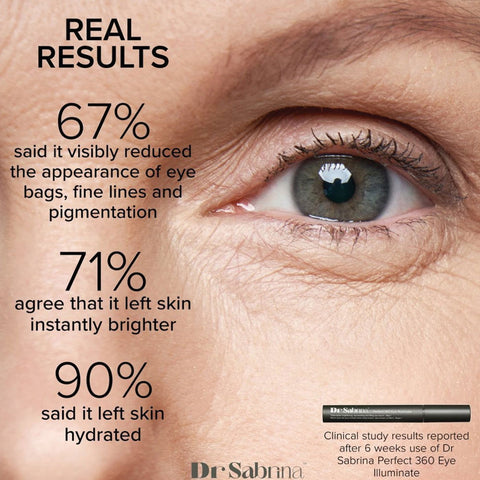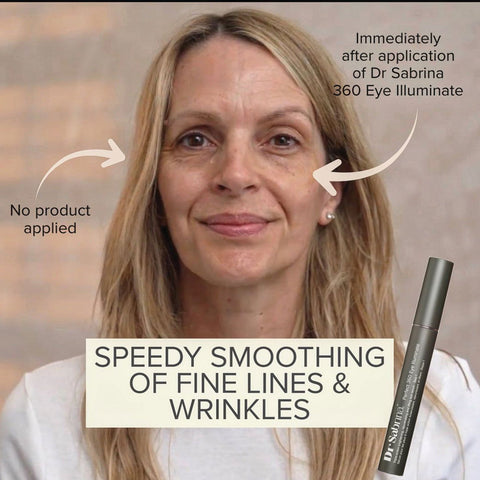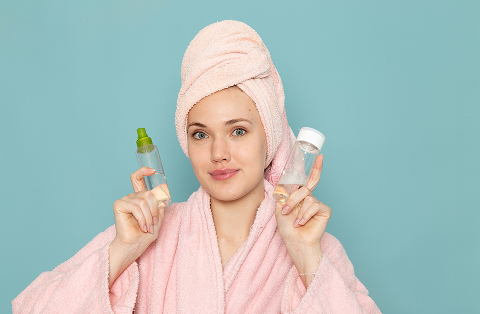 If you have been following beauty and skincare trends on social media over the past couple of years, you must be no stranger to the purported benefits of applying ice on your face. The claims are endless, portraying ice as some sort of magical cure for all your skin concerns.
If you have been following beauty and skincare trends on social media over the past couple of years, you must be no stranger to the purported benefits of applying ice on your face. The claims are endless, portraying ice as some sort of magical cure for all your skin concerns.It is easy, cheap, and seems to work based on anecdotal evidence—but is there more to it? What are the actual benefits of icing your face, and what are the myths? Who can benefit and who should avoid it? Keep reading to get all the information you need to know about the benefits of applying ice to your face.
How Does Using Ice for Your Face Work?
The anti-inflammatory (ability to reduce swelling) and pain-relieving effects of ice are common knowledge. Most of us know to reach for an ice pack or a bag of frozen peas to reduce pain and swelling from a minor injury. It only makes sense that this principle also extends to your facial skin. The same mechanism of action is used to alleviate some skincare concerns.
What Are the Benefits of Applying Ice to the Face?
Applying ice to your face can be beneficial. It is crucial to remember that ice is not a magic remedy for every skin issue you may have. In fact, some skin issues might be exacerbated by icing your face and lead to further damage.
Let’s explore the most researched and experience-backed benefits of applying ice to the face supported by simple science and expert insight.
1. Reduces Puffiness & Under-Eye Bags
One of the most visible benefits of icing your face is reducing puffiness. The cold temperature causes constriction of blood vessels under the eyes, which minimises swelling and fluid retention. Studies show that cryotherapy (cold therapy) can temporarily reduce oedema and improve skin tone by stimulating lymphatic drainage.
For best results, use chilled spoons or ice globes around the under-eye area for a few seconds each morning. This method is safer and more targeted than applying raw ice cubes.
2. Calms Redness and Inflammation
Many people use ice therapy for skin redness, especially after acne breakouts or sun exposure. The cold temperature soothes inflammation by slowing down inflammatory mediators like prostaglandins and cytokines.
So, is icing face good for acne?
Yes, to an extent. Applying ice can help reduce the redness and swelling of inflamed pimples. It won’t treat the root cause of acne (like bacteria or hormonal imbalance), but it can make breakouts look less noticeable and more comfortable.
3. Tightens Pores Temporarily
A common misconception is that ice “closes” pores permanently; that’s not scientifically accurate. Pores don’t have muscles to open or close. However, cold exposure can cause them to appear smaller by constricting the surrounding skin tissue.
So when people ask, can ice reduce pores, the answer is: it can temporarily minimise their appearance. It’s a great quick fix before applying makeup to achieve a smoother texture and tighter look.
4. Enhances Product Absorption
When done correctly, icing can make your skincare more effective. Cooling the skin first temporarily tightens it, and once it warms up again, blood flow increases, allowing active ingredients to penetrate deeper. This makes the benefits of applying ice to face even greater when paired with serums or moisturisers.
For instance, try icing before applying hyaluronic acid or vitamin C serum, it helps lock in hydration and enhances glow.
5. Adds Instant Glow and Radiance
One of the most noticeable benefits of ice on face is the fresh, luminous glow it gives. The temperature shift increases circulation, oxygenating the skin and making it appear more vibrant. Dermatologists compare this mild “shock” to the effect of cryofacials, where controlled cold exposure boosts microcirculation and skin tone.
Regular icing can make your complexion look more awake, dewy, and youthful, especially in the morning.
Adding a eye serum to your skincare routine can help reduce the appearance of fine lines and wrinkles.
6. Helps With Sunburn and Skin Irritation
If you’ve spent too long in the sun, ice cubes wrapped in a soft cloth can soothe the burning sensation and redness. The cooling effect eases pain and slows inflammation, preventing further skin damage.
This is why ice therapy for skin redness is often recommended post-sun exposure. For extra benefits, freeze aloe vera or green tea cubes; they combine the soothing effect of ice with antioxidants and hydration.
7. Prepares Skin Before Makeup
Makeup artists often swear by ice on face before makeup benefits and for good reason. Rubbing ice gently before applying foundation tightens pores, reduces oiliness, and gives a smoother canvas. It also helps makeup last longer since cooler skin produces less sebum.
If you have a big event or long day ahead, a quick ice cube facial can be your secret to long-lasting, flawless makeup.
Common Myths About the Benefits of Icing Your Face
Keep in mind that, as with any fad, several myths are also being propagated via social media.
Some of these myths about the benefits of icing your face are:
Myth 1: Icing can help with any redness on face
Truth: Ice can be beneficial to calm down mild redness. However, if you have severe redness or skin conditions like rosacea, your skin barrier is likely to be already weak. Applying ice on severely damaged skin can have adverse affects. You should speak to your doctor before icing your face if you have severely damaged skin and/or have been prescribed any topical medications.

Myth 2: Icing your face can get rid of wrinkles
Truth: Wrinkles are caused by loose skin, most often arising as a result of ageing. Ageing leads to the loss of collagen and elastin, which are naturally occurring substances in the skin responsible for keeping it youthful. Ice cannot solve these problems or give you wrinkle-free skin.
How to Apply Ice on Face: Step-by-Step Guide
Learning how to apply ice to the face safely is key to experiencing all the benefits without irritation. Here’s a simple ice cube facial steps routine you can follow at home:
1. Cleanse your face:-
Always start with a gentle cleanser to remove dirt, makeup, and oil. Applying ice to unclean skin can trap impurities and cause breakouts.
2. Wrap the ice:
Never apply ice directly to your skin. Wrap a few cubes in a thin cotton cloth or muslin fabric to protect your skin from extreme cold. This method prevents frostbite and irritation.
3. Start slow:
Gently glide the wrapped ice cubes in circular motions over your cheeks, forehead, chin, and under-eye area. Avoid holding it in one spot for too long; 10 to 15 seconds is ideal per area.
4. Focus on problem areas:
If you have acne or puffiness under the eyes, focus more on these regions. Many wonder if icing the face is good for acne. Yes, it can help temporarily by reducing redness and inflammation caused by active pimples. However, it won’t cure acne, so pair it with a proper skincare routine.
5. Time & frequency:
You can perform an ice facial once daily or 3–4 times per week. Overdoing it may cause dryness or sensitivity.
6. Follow up with skincare:
Once your skin feels refreshed, apply a hydrating toner, serum, or moisturiser. Icing improves product absorption, amplifying the benefits of applying ice to the face before skincare.
7. Optional step ice before makeup:
Doing an ice cube facial before makeup can help shrink pores, control oil, and make foundation glide smoothly. The benefits of applying ice to the face before makeup include longer-lasting makeup, reduced cakiness, and a smoother base for application.
By following these ice cube facial steps, you can enjoy the cooling, tightening, and refreshing effects without risking irritation.
Risks, Side Effects & Precautions
While there are multiple benefits of applying ice to the face, it’s crucial to know the risks as well. Incorrect usage can do more harm than good. Here are the main side effects of icing the face and how to avoid them:
1. Ice burns or frostbite:
Applying ice directly to bare skin for too long can cause frostbite. Always wrap ice in a clean cloth or use specialised ice rollers designed for facial use.
2. Excessive redness or irritation:
Those with sensitive or dry skin may experience temporary redness or stinging. This happens when the skin barrier reacts to cold exposure.
3. Worsening existing conditions:
If you have rosacea, eczema, or severe acne, using ice can worsen inflammation. It’s better to consult a dermatologist before adding ice to your skincare routine.
4. Broken capillaries:
Sudden temperature changes may cause small capillaries under your skin to rupture, especially around the nose and cheeks. Use gentle, short motions to minimise this risk.
5. Over-icing:
Spending more than a few minutes can strip your skin’s natural oils, leading to dryness and sensitivity. Moderation is key.
6. Product reaction:
Avoid icing immediately after applying strong active ingredients like retinol or chemical exfoliants, as cold temperature may alter absorption and cause irritation.
Who Should Use & Who Should Avoid Ice on Face
Knowing who should use and who should avoid ice on the face ensures you get results safely.
Who Should Use Ice on the Face
-
People with puffiness or under-eye bags:
Ice reduces fluid retention by constricting blood vessels, making the eyes look refreshed.
-
Those with mild redness or irritation:
Ice therapy for skin redness can calm inflamed skin caused by sunburn or mild acne.
-
Oily or combination skin types:
Icing can temporarily reduce oiliness and give a matte appearance.
-
Before special events:
Using ice before makeup gives a smoother application, one of the key benefits of ice on face before makeup that makeup artists swear by.
-
During hot weather:
Cooling the skin provides instant relief from heat and gives a fresh, dewy glow.
Who Should Avoid Ice on the Face
-
People with very sensitive skin:
If your skin turns red or itchy easily, icing may irritate it further.
-
Individuals with rosacea or eczema:
A sudden cold can worsen these inflammatory conditions.
-
Those with open wounds or severe acne:
Direct icing on active breakouts or cuts can increase pain or infection risk.
-
If you’re using strong topical medications:
Consult your dermatologist before icing to avoid unwanted reactions.
For most people, the benefits of ice on the face, like reducing puffiness, tightening pores, and calming redness, are safe when done correctly. But it’s crucial to know how to apply ice to the face safely and understand your skin’s limits.
What Are the Dos and Don’ts of Icing Your Face?
As with any skin care method, using ice for your face also comes with dos and don’ts that ensure optimal results and prevent negative reactions.
Dos of Icing Your Face
1. Use gua sha, ice globes, or facial ice rollers:
These can help prevent the temperature from dropping too low and avoid quick melting. These are easily available online.
2. Use a cloth to wrap ice cubes:
If you are going to use ice cubes to ice your face, make sure you cover them with a soft cloth first.
3. Prep your skin for best results:
Prior to applying ice on your face, cleanse your skin to remove dirt and sweat. Follow this with a face oil, serum, or moisturizer to minimise friction.
Don’ts of Icing Your Face
1. Do not rub ice cubes directly on your face:
Avoiding direct contact between the skin and ice cubes help prevent the mess created by quick melting.
2. Watch the clock:
More time spent does not translate to better benefits of ice for face. On the contrary, it can lead to damage. As a rule of thumb, it is best to stop when the area of your skin you are icing feels very cold.
3. Be mindful of skin conditions:
If you have existing skin conditions or very damaged skin, speak to your healthcare professional before icing your face. Instead of reaping the benefits of icing your face, you may end up with further skin damage.
How Does Using Ice for Face Work?
The anti-inflammatory (ability to reduce swelling) and pain relieving effects of ice are common knowledge. Most of us know to reach for an ice pack or a bag of frozen peas to reduce pain and swelling from a minor injury. It only makes sense that the same principle extends to your facial skin as well. The same mechanism of action is used to alleviate some skincare concerns.
Final Thoughts
The benefits of icing your face are not all fluff - done right, you can achieve the results you are looking for. The best part is that it is easily accessible, cost-effective, and quick. Staying mindful of the potential negative effects of icing your skin, ensuring that your skin is suitable for icing, and following best practices can make this a great addition to your skincare routine.
Keep in mind that icing by itself cannot solve all skin problems.
